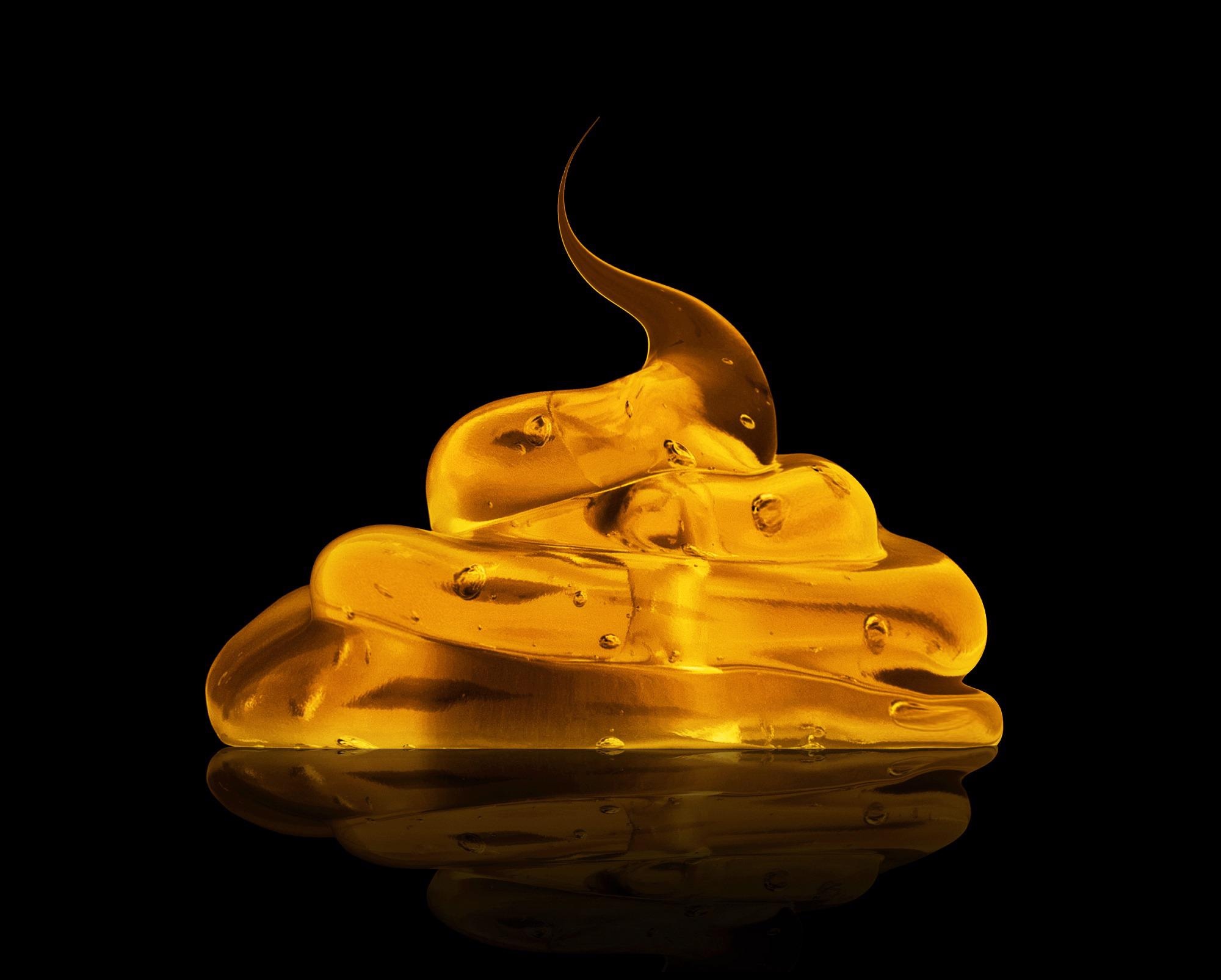Reviewed by Alex SmithJun 13 2022
Trinity College Dublin researchers have created luminescent, self-healing gels with a variety of potential applications ranging from counterfeiting bank notes to next-generation bio-sensing and imaging.

Image Credit: Shutterstock.com/ Hekla
Importantly, the researchers were able to incorporate guanosine (a molecule that plays a variety of essential metabolic roles in human cells) into the gels, as well as other molecules that have exciting applications in materials and biological sciences.
Lanthanide ions, which have unique characteristics such as magnetism, luminescence, and the capacity to expedite specific reactions, are one such addition to these gels. The research was recently published in the high-impact Cell Press journal Chem on June 1st, 2022.
Because guanosine gels have chirality (in this case, left-handed helicity), the researchers concentrated on transferring that property to the lanthanide elements of the gels once those ions were added.
Although this may appear to be just one more simple step in the chemical recipe, it is a significant leap forward because it implies that these gels can precisely signal differing intensities of whatever they are designed to sense.
From a medical standpoint, this could imply, for instance, precisely detecting the presence — and amount — of a biomarker of interest. However, the potential options are so numerous that the group must now decide which path to take their research.
The study’s first author is Oxana Kotova, a Research Fellow in Trinity’s School of Chemistry and AMBER, the SFI Centre for Advanced Materials and BioEngineering Research.
We are interested in developing supramolecular hydrogels like this as they open so many doors to new applications in various fields from biological to material sciences.
Oxana Kotova, Study First Author and Research Fellow, School of Chemistry, Trinity Biomedical Sciences Institute
“By transferring chirality onto the lanthanide elements of this gel, we have been able to modify the chiral luminescence response of the latter, which can aid future understanding of recently discovered lanthanide biological functions as well as help the development of future generation sensors and imaging agents. We think it is fascinating that such options arise from a new material that was itself created by taking inspiration from biology,” adds Dr. Kotova.
The idea that Oxana had here was to use bio-inspired DNA building blocks to generate luminescent responsive soft-material that not only is emissive under light irradiation, but also self-healing, which itself can lead to various applications, such as in responsive ink printing. Furthermore, the material presented in this Chem article, gives rise to the chiral-based emission upon irradiation of visible light.
Thorfinnur Gunnlaugsson, Study Senior Author and Professor, Chemistry, School of Chemistry, Trinity Biomedical Sciences Institute
Thorfinnur Gunnlaugsson, also a professor at AMBER adds, “This means that using a technique called circular polarized luminescence (CPL), we can observe either the ‘right or the left handed’ (e.g. the polarized) emission from the material. The use of this spectroscopic technique is fast becoming apparent and its use in chemical and biological research is finding its niche.”
This has significant consequences for the potential applications of lanthanide based bio-inspired soft material, such as for monitoring biological processes, in live cellular imaging, and in drug delivery, to name just a few. The CPL technique is also important means of developing ‘responsive’ counterfeiting inks for use in printing of bank notes, labels, etc.
Thorfinnur Gunnlaugsson, Study Senior Author and Professor, Chemistry, School of Chemistry, Trinity Biomedical Sciences Institute
“Hence, the opportunities here are vast for future developments, and we are excited to be part of this important finding, which was only made possible with the coming together of leading research groups with strong expertise,” stated Thorfinnur Gunnlaugsson.
This study was made possible by financial support from Science Foundation Ireland (SFI, Principal Investigator funding) and the SFI-funded AMBER Centre, of which both lead authors are members.
The research is the result of a long-term collaboration between research groups from various disciplines and universities, which began with Dr. Ciaran O’Reilly’s synthesis of organic ligand (Department of Clinical Medicine, School of Medicine, TBSI). Dr. Oxana Kotova then used this ligand to functionalize guanosine hydrogels and bind to lanthanide elements.
The circularly polarized luminescence studies were conducted by Dr. Lewis E. Mackenzie and Professor Robert Pal in the Department of Chemistry, Durham University, United Kingdom, while the primary luminescent properties were all researched in Trinity.
Scientists from Professor Thorfinnur Gunnlaugsson’s group at Trinity’s School of Chemistry and Advanced Microscopy Laboratories looked into the morphology of the gels. Dr. Sebastian T. Barwich and Prof. Matthias E. Möbius of Trinity University’s School of Physics, who are also members of the SFI-funded AMBER Centre, investigated the rheological properties of these luminescent gels.
Journal Reference:
Kotova, O., et al. (2022) Lanthanide luminescence from supramolecular hydrogels consisting of bio-conjugated picolinic-acid-based guanosine quadruplexes. Chem. doi.org/10.1016/j.chempr.2022.01.015.